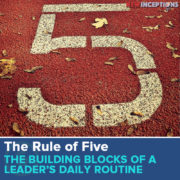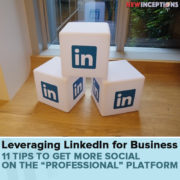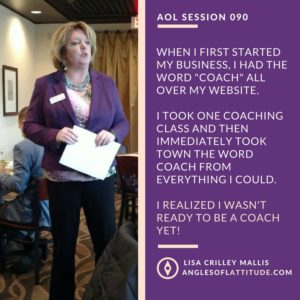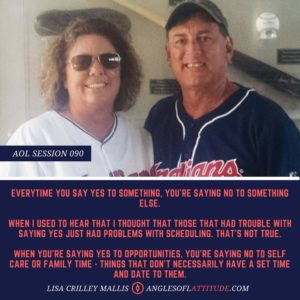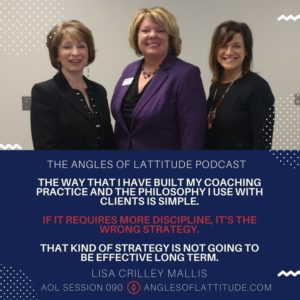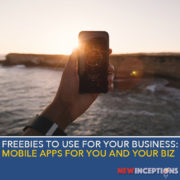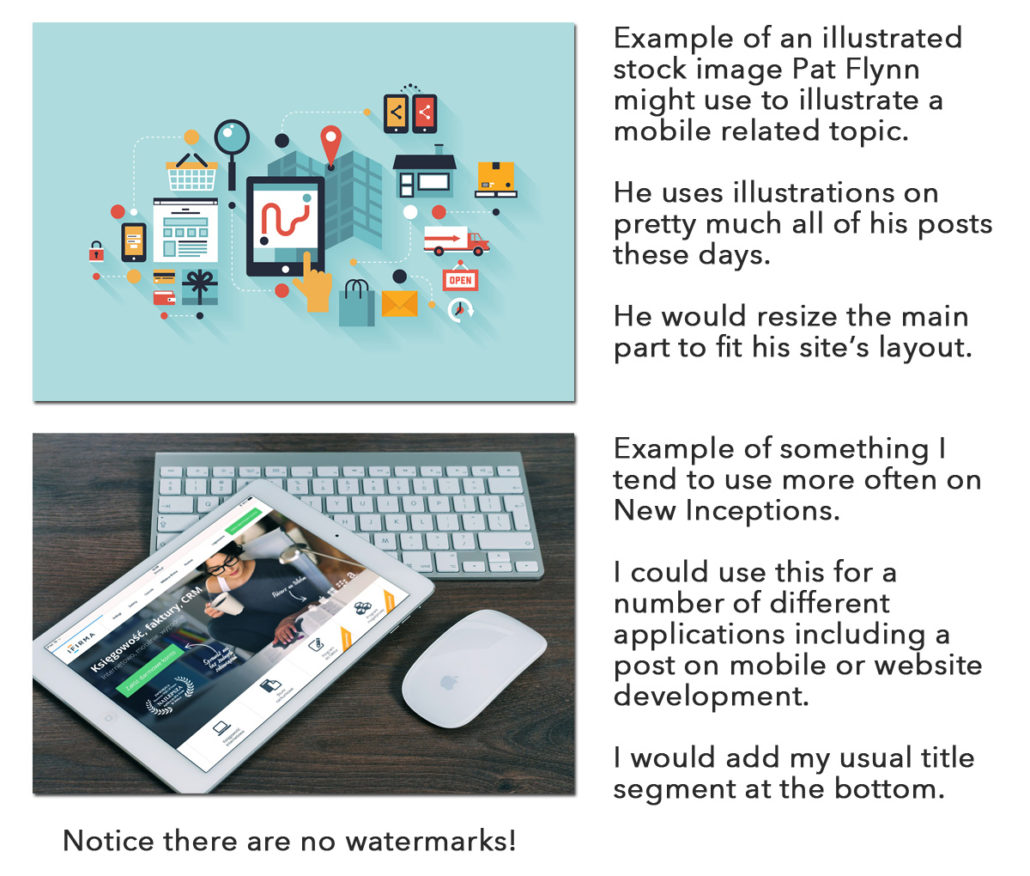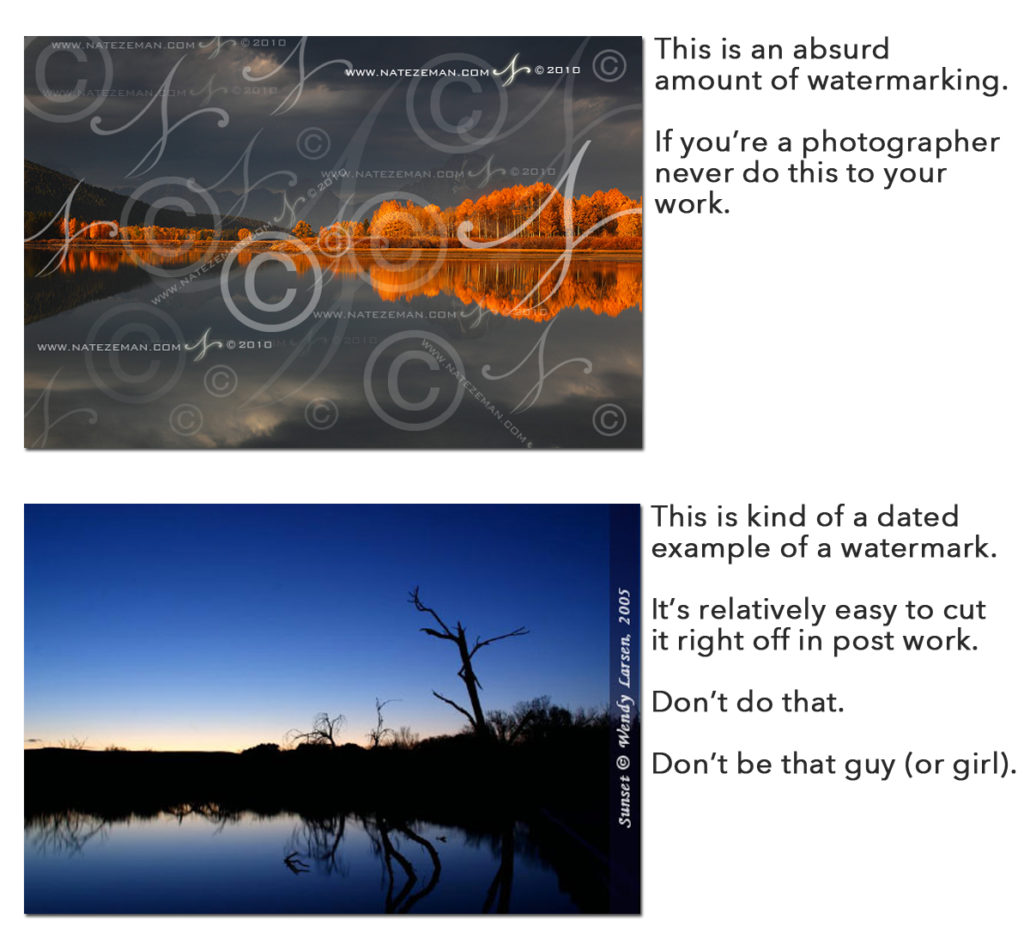The Rule of Five: The Building Blocks of a Leader’s Daily Routine
It’s funny how things change! In this post from October 12th, 2010, I mention going to an LTD Leadership convention. I imagine it was either in Kansas City, MO or Louisville, KY. I’ll tell you, I loved being a part of that group! I was motivation junkie. I was sucking it all in and had been for 4 years straight at that point. It had been over a year since I had graduated, but I had little to show for it – in fact, this was when I was just about to start teaching at Ivy Tech.
At that point, who would have guessed that I would soon become a John Maxwell Team member?
Woah. Life is truly amazing in its twists and turns.
Anyhow, I wanted to share this post after last week’s 100th session of the AoL Podcast. One of the things that I mentioned is that John has this Rule of Five when it comes to learning and filing those things away. Well, as you’ll read below, those 5 steps have helped him write numerous books over the years. However, this does come at a cost – he calls his regular life pretty boring!
I can relate. That’s why I don’t really use social media to share what I’m up to. Because most of the time it’s spent in front of a computer creating content!!
– JC
What a Great Weekend!
Over the weekend I went to an LTD leadership conference – Summit 2010. As usual, the quality of the speakers was great. The two keynote speakers completely blew my mind: Frank Luntz and John C. Maxwell. For those of you who don’t know, Frank is a pollster that has probably been on every prime time and morning news show imaginable. And Dr. Maxwell, well – let’s just call him the guru of leadership. He’s someone that I’ve learned quite a bit from in the last couple of years through my grad work and LTD itself.
One of the things that I share with you guys today was something John pointed out that he does on a daily basis that I thought was really noteworthy. Doing this little thing has lead him to write over 50 books over his career and still gives him more to share. This little thing is called the “Rule of Five”.
Essentially the Rule of Five is a habit you start that consists of 5 different actions that lead you to your goals/dreams. For example, Dr. Maxwell wanted to become an in-demand writer and motivational speaker. Of course, there are multiple ways to do this, but since he’s a great writer, he thought that it’d be better for him to go in as a writer.
Rule of Five:
So, his five things that he does to achieve this are:
- Read
- File
- Think
- Ask questions
- Write
Doesn’t seem too bad, does it?
Well, there’s a catch. You have to do this everyday. No excuses. Do you want to be a novelist? You will write every day. Do you want to be an painter? You will paint everyday! Simple, right?
As part of his presentation, he said, “your success is determined by your daily agenda.” This is so true, because it is! To accomplish you have to be productive! However, he worked intelligently. You hear so much about people being busy all the time and not successfully going anywhere – it’s typically because they’re not focused in their work.
And since he was there talking about his writing, you can see that he was successful in what he set out to do!
John wasn’t born rich. He didn’t attend a prestigious school or grow up with children of people in power. He got to where he is by doing.
So. Five things a day, everyday. That’s all it takes to fulfill your dream.
Just a note to add here. Since starting work on New Inceptions full time, I started implementing my own Rule of Five. While I started from his, mine varies slightly due to the different content pieces that I’ll make in a given week.
For creating content, mine are:
- Explore – Find out what’s going on in the world around me and in the online entrepreneurial/creative industry.
- Study – Are there any interesting crossings of the two worlds? What does it mean and how does it apply?
- Connect the Dots – Ask those questions! Who needs to know this information? Is this something I need to bring up in future content?
- Take Action – Synthesize new content, share, and help others where needed.
- Reflect – Ask myself, “Did that have the desired effect I was looking for? What could I have done better?”
Action Steps:
One thing I want to make clear is this: the Rule of Five can be applied to anything that you want to master. What do you want to master?What are you working on that you can break down into 5 steps? Let me know below!
If you want a post about this in John’s own words, you can check one out here! Also, if you haven’t done so yet from session 100, check out this post by John. In this post, besides his Rule of Five, he also talks about his 12 pledges. Now, I can’t say that I have pledges, I do use Joe Markiewics’s 21 Standards to this day, I wouldn’t necessarily call them pledges – although they seem to be very similar.

